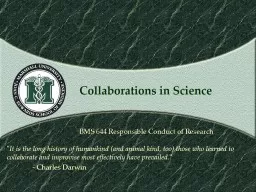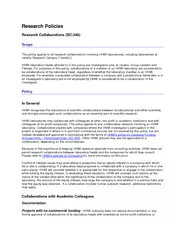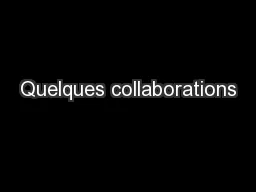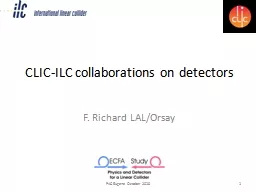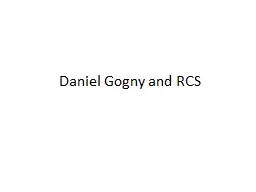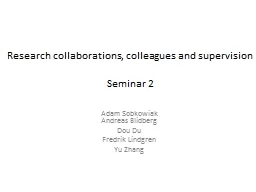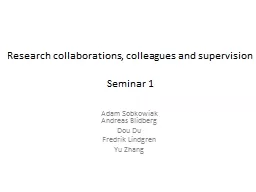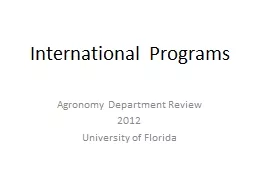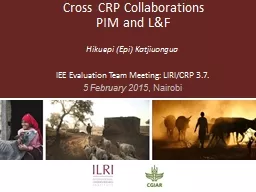PPT-Collaborations in Science
Author : test | Published Date : 2019-12-28
Collaborations in Science BMS 644 Responsible Conduct of Research It is the long history of humankind and animal kind too those who learned to collaborate and improvise
Presentation Embed Code
Download Presentation
Download Presentation The PPT/PDF document "Collaborations in Science" is the property of its rightful owner. Permission is granted to download and print the materials on this website for personal, non-commercial use only, and to display it on your personal computer provided you do not modify the materials and that you retain all copyright notices contained in the materials. By downloading content from our website, you accept the terms of this agreement.
Collaborations in Science: Transcript
Download Rules Of Document
"Collaborations in Science"The content belongs to its owner. You may download and print it for personal use, without modification, and keep all copyright notices. By downloading, you agree to these terms.
Related Documents

